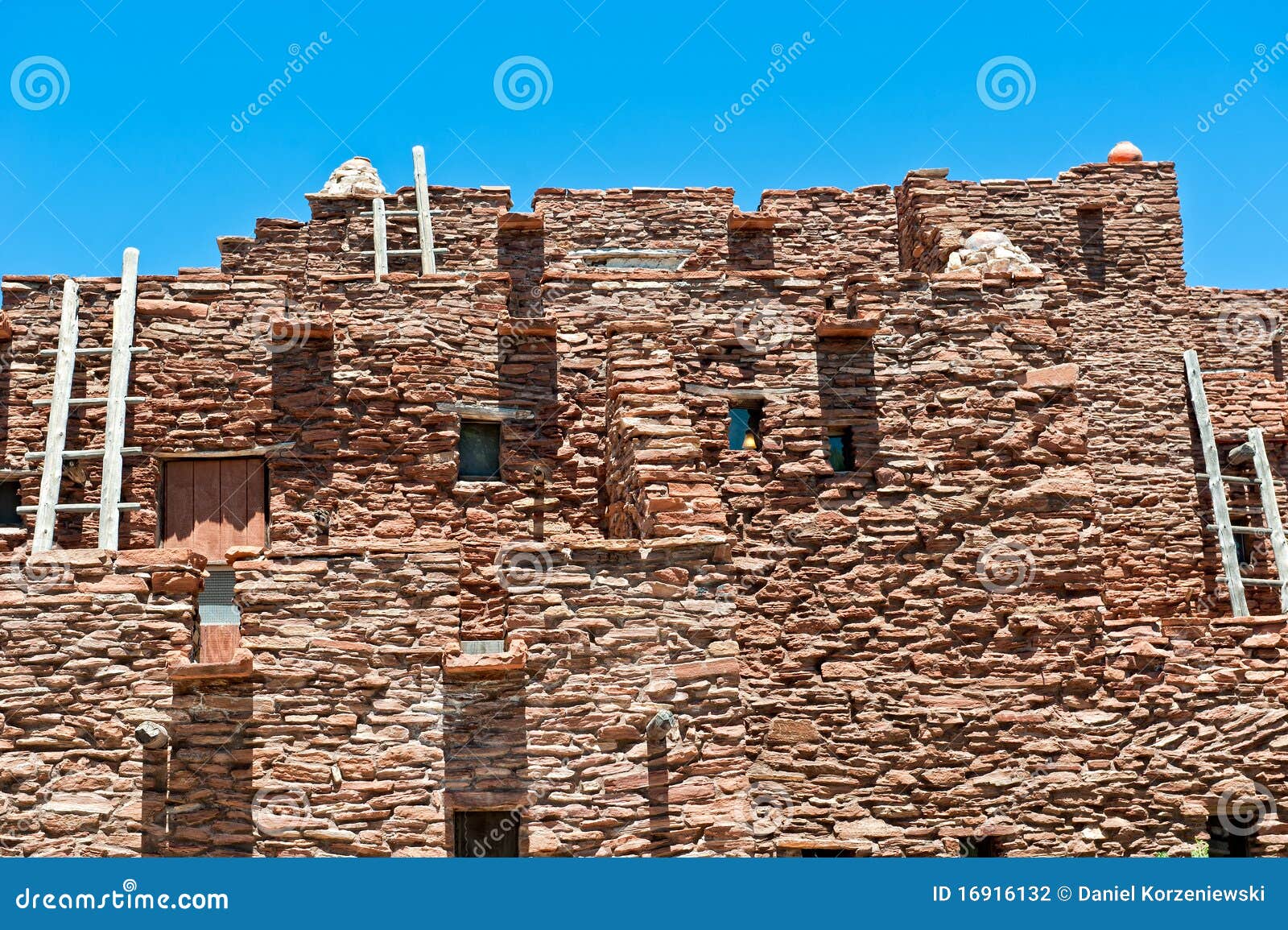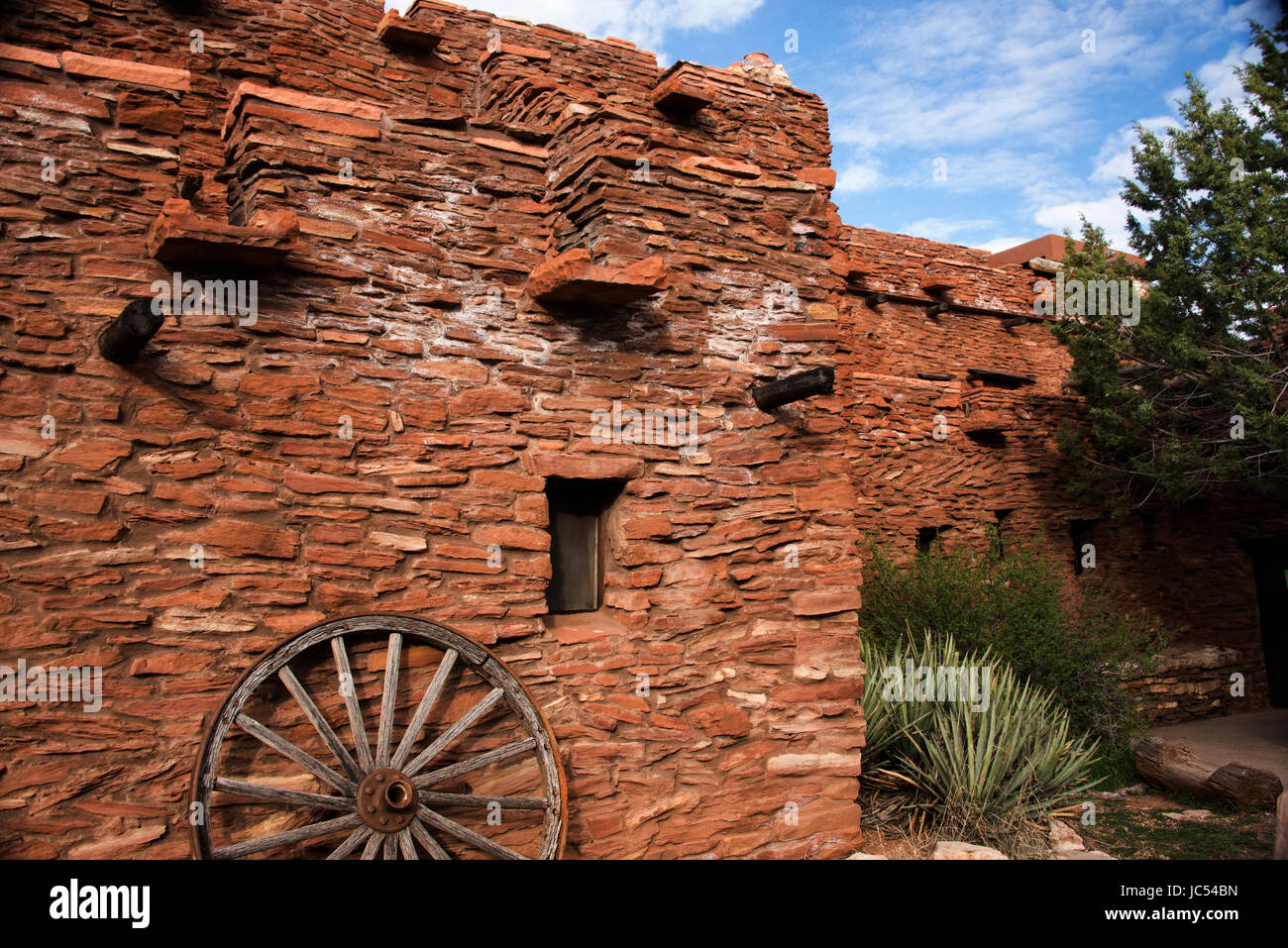Table Of Content

While credit is, of course, due to the house’s features—drafted by Robert Stacy-Judd, preserved by past inhabitants—it’s also a result of Mills’s deft eye for materials, color, and composition, and his ability to recognize where to tread lightly. For the furniture, Mills frequented his usual flea markets and swap meets, but leaned especially heavily on the now Oxnard-based Early California Antiques, which specializes in California design and crafts from the ’20s and ’30s. In fact, when Mills first moved in, he’d visit the store just to linger around the furniture, sensing that it was right for his space. Among the first things that caught his eye was a dark wood table with turned spiral legs, now in his living room, that’s said to have come from an oil heiress’s estate in Silver Lake.
A regular looking rock with an unbelievable history.

In the late 1920s the Fred Harvey Company began allowing some Hopi into positions of responsibility in the business. Fred Kabotie, the famed artist who painted the Hopi Snake Legend mural inside Desert View Watchtower, managed the gift shop at Hopi House in the mid-1930s. If they were not working as artisans, Hopi living at Hopi House historically tended to be hired for menial jobs at the canyon, reflecting racial hierarchies that were so commonplace in work and society. Superintendents and other park officials often hired them to help them with housework or other tasks, and the Fred Harvey Company employed them as shoeshine boys, porters, maids, or waitresses. Long before Van Tassel or Frank Critzer were around, Giant Rock was a spiritual site for thousands of years, used by Native American tribes in ceremonies and prophecy.
The In-Depth Story

However, it was purchased in 1996 by Allen Affeldt and his wife Tina Mion, refurbished, and reopened. Situated on Route 66, it is now listed on the National Register of Historic Places. Her creative free-form buildings at the Grand Canyon in Arizona took direct inspiration from the landscape. They were rustic, utilizing Mission Revival architecture combined with Spanish and Native American influences. This style became popular throughout the Southwest and eventually served as part of the basis for the artistic aesthetic in developing other national parks. Colter's masterwork was probably the 1923 El Navajo in Gallup, New Mexico.
Visiting the Hopi Villages
The building was built by Hopi craftsmen and constructed using local materials and salvaged items, such as Civil War-era Western Union telegraph poles and rails. For many Grand Canyon visitors, the Hopi House was their first introduction to Hopi and Native American culture. The Hopi House is a prime example of Colter’s unique site-specific style. In 1914, Colter designed and oversaw the construction of Hermit’s Rest and Lookout Studio at the Grand Canyon. Hermit’s Rest was a rest area for tourists traveling on stagecoaches operated by the Fred Harvey Company on their way to what was once Hermit Camp.
Troglodyte Village of Kandovan
Mary Elizabeth Jane Colter (April 4, 1869 Pittsburgh, Pennsylvania – January 8, 1958) was an American architect.As a child Mary Colter traveled with her family through frontier Minnesota, Colorado and Texas in the years after the American Civil War. After her father died in 1886 Colter attended the California School of Design in San Francisco. In 1901, the Fred Harvey Company (of the famous Harvey Houses) offered her the job of decorating the Alvarado Hotel in Albuquerque.
Hopi Tribe pushes for solutions for many without clean drinking water - The Arizona Republic
Hopi Tribe pushes for solutions for many without clean drinking water.
Posted: Mon, 14 Dec 2020 08:00:00 GMT [source]
This simple log-and-stone building was designed to look like a rustic getaway that Louis Boucher, a trail guide and infamous “hermit” who once lived in the area, would have built. With this in mind, Mary Colter ordered the fireplace to be intentionally streaked with soot to add an aged effect. Lookout Studio, situated just west of Bright Angel Lodge, was built with a native stone exterior and multi-level design that blend in seamlessly with the layers and edge of the Grand Canyon. Its asymmetrical roofline mimics the Canyon’s natural shape to create the illusion that the studio is an extension of the Canyon’s stone walls. Today, Lookout Studio offers multiple viewing platforms and a gift shop.
The Many Lives of a Single Giant Rock
Mary Elizabeth Jane Colter was born in Pittsburgh, Pennsylvania, on April 4, 1869, to William and Rebecca E. Crozier Colter. Her family moved to Colorado and Texas before settling down in St. Paul, Minnesota, when she was eleven. In 1880, St. Paul was home to a large minority population of Sioux Indians. After a friend gave her some drawings of Sioux art, she became fascinated with Native American culture. After her father died in 1886, Colter attended the California School of Design (now the San Francisco Art Institute) until 1891, where she studied art and design.
Critzer was also a radio enthusiast, and is said to have set up a radio antenna on top of the rock for better reception. We arrived at Dawa Park with its towering red walls covered in petroglyphs of snakes, bighorn sheep, stars, solar calendars and flute players. The Hopi, whose history stretches back 10,000 years, are perhaps the least assimilated, most reclusive Indian tribe in the nation.
Explore the National Park Service
Colter's design provided a setting conducive to merchandising Native goods. Rectangular in plan, the three-story structure is built of sandstone and wood native to the region. Like puebloan architectural forms, the building is terraced, each rooftop acting as a courtyard for the apartment above. Small windows, low doorways and ceilings, corner fireplaces, small niches in the walls, mud-plaster wall finish, and a viga-and-latía ceiling reinforce the Indigenous references. Hopi murals by an unknown artist decorated the mud-plaster walls in the stairwell to the second story.
Lookout Studio, known also as The Lookout, is a stone building located on the South Rim of the Grand Canyon, within Grand Canyon National Park in Arizona. It is part of the Grand Canyon Village Historic District, and is part of the Mary Jane Colter Buildings National Historic Landmark. It currently operates as a gift shop and observation station for visitors, with high-powered telescopes on its outdoor terrace.
Like Mary Colter’s other buildings, the design was inspired by local native architecture, including the influence of early pioneer buildings. Designing many cabins surrounding the lodge, the materials mimic the effect and appearance of a diverse settlement built over time. Inside, the floor-to-ceiling fireplace is arranged in the same order as the geologic strata you’ll see as you descend into the Canyon on the Bright Angel Trail.
Mary Jane Elizabeth Colter designed the structure for the Fred Harvey Company, starting an association with the company and the National Park Service that lasted over 40 years. She helped revolutionize the field of architecture, not only as one of the first women to become prominent in the profession, but also because she created designs that blended into the natural landscape and utilized local building material. Many of the Solar for All applications that have been selected for funding under this monumental program invest in Tribally-driven and long-lasting programs that establish opportunities for Tribal communities to deploy and benefit from distributed residential solar. For example, many of the awarded projects will provide funding and technical assistance to support solar development and storage, provide workforce development, lower utility bills, and develop programs designed and implemented within the local community.
The road climbed steeply to the village of Sipaulovi, which is guarded by fortress-like walls, a defense against the Spanish. A ferocious wind fell like a pack of hounds upon the village of Old Oraibi, flinging clouds of dust around stone houses perched on the cliff’s edge. The one deviation from authentic Hopi dwellings was the inclusion of a front entrance door rather than a roof entrance, allowing easier access for tourists visiting the building.
While attending, she apprenticed at a local architectural firm to help fund her studies. Once the largest, most important village on the Hopi reservation in northeastern Arizona, it’s now a crumbling relic rooted to a mesa that juts like a ship’s prow over the desert. Architect Mary Colter drew inspiration for Hopi House from the Hopi pueblos she visited in Oraibi, Arizona. Colter's detail for cultural and historical accuracy at Hopi House was likely spurred by contemporaneous academic interest in southwestern archaeology. Completed on January 1, 1905, a few days before the adjacent El Tovar Hotel, Hopi House was Colter's first independent project for the Atchison, Topeka and Santa Fe Railway and the Fred Harvey Company at the Grand Canyon. A major renovation in 1995 involved consultations with the Hopi tribe to ensure original architectural elements and design details were accurately preserved during the restoration process.
Located within Grand Canyon National Park in Arizona is the Hopi House, a distinctive multi-story building constructed in 1905 by the Fred Harvey Company. Designed by architect Mary Colter, this structure was intended to serve as an “Indian Arts Building” and souvenir shop for the company. The building exemplified an emerging architectural movement looking to North America’s indigenous heritage rather than adopting European styles, making it an iconic work that pioneered this shift. During a complete renovation in 1995, Hopi consultants participated in the restoration effort and helped ensure that none of the original architectural or design elements were altered. When the building opened, the second floor exhibited a collection of old Navajo blankets, which had won the grand prize at the 1904 St. Louis World’s Fair. This display eventually became the Fred Harvey Fine Arts Collection, which included nearly 5000 pieces of Native American art.
Wall niches, corner fireplaces, and adobe walls contributed to the atmosphere. Chimneys were made from broken pottery jars stacked and mortared together. She then moved back to St. Paul and began a 15-year teaching career at Mechanic Arts High School. Through informal contacts with the Fred Harvey Company, Colter landed a summer job as an interior designer of the Indian Building and the new Alvarado Hotel in Albuquerque, New Mexico, in 1902. Although the Mission Revival style had been popular in California since the 1890s, the Alvarado Hotel and its adjacent Indian Building were the first of their kind in New Mexico.

No comments:
Post a Comment